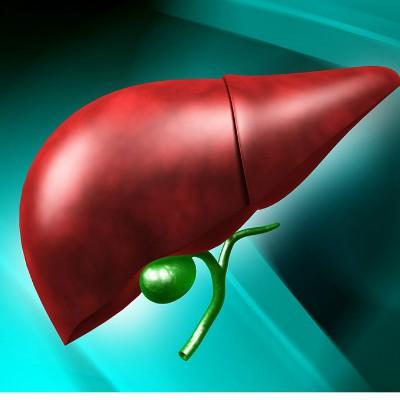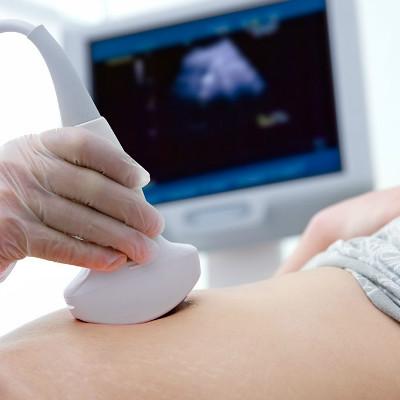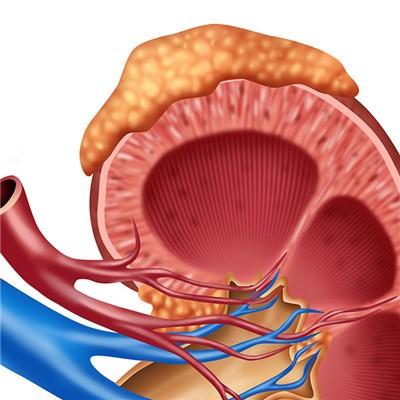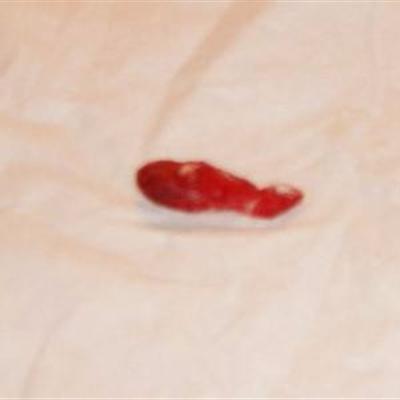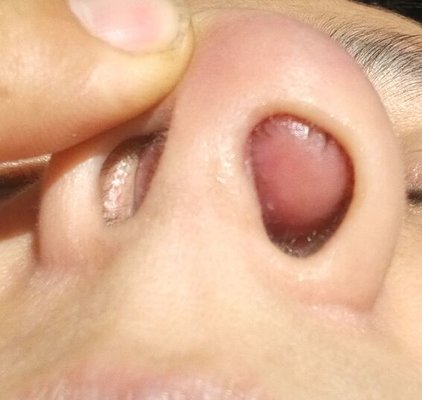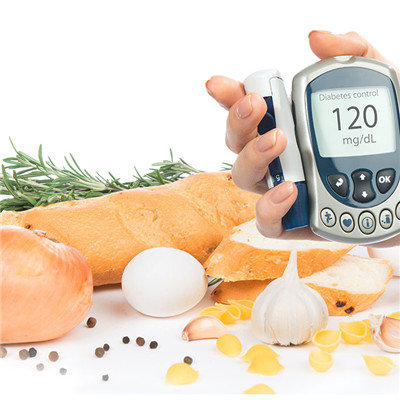What are the drugs for osteoporosis?
summary
Osteoporosis, or osteoporosis, is a group of bone diseases caused by various reasons. There are normal calcification in bone tissue, normal ratio of calcium salt to matrix, and metabolic bone disease characterized by reduction of bone tissue per unit volume. In most osteoporosis, the decrease of bone tissue is mainly due to the increase of bone resorption. It is characterized by bone pain and easy fracture. What are the drugs for osteoporosis? Next, I'd like to share my views with you.
What are the drugs for osteoporosis?
Hormone replacement therapy hormone replacement therapy is considered to be the best choice and the most effective treatment for postmenopausal women with osteoporosis. The problem is that hormone replacement therapy may bring adverse reactions to other systems. Hormone replacement therapy should not be used in patients with breast disease and those who cannot tolerate its side effects. ① Estradiol is recommended to be taken immediately after menopause and for life if tolerated. Take it periodically, that is, use it continuously for 3 weeks and stop using it for 1 week. Allergy, breast cancer, thrombophlebitis and undiagnosed vaginal bleeding are forbidden.

Selective estrogen receptor modulators have weak estrogen like effects in some organs, but can antagonize estrogen in other organs. SERMs can prevent osteoporosis and reduce the incidence of cardiovascular disease, breast cancer and endometrial cancer. These drugs include raloxifene, a nonsteroidal benzothiophene, an agonist of estrogen, which can inhibit bone resorption, increase BMD of spine and hip, and reduce the risk of vertebral fracture by 40% - 50%, but the curative effect is worse than that of estrogen. It is forbidden in premenopausal women.
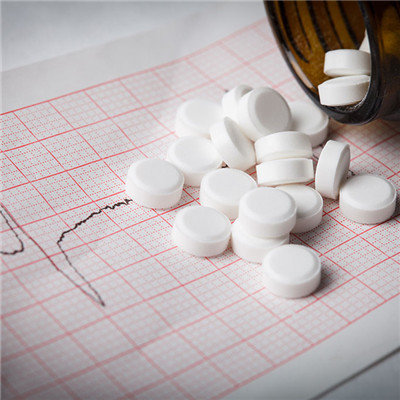
Bisphosphonates bisphosphonates are synthetic analogues of pyrophosphates combined with hydroxyapatite in bone, which can specifically inhibit osteoclast mediated bone resorption and increase bone mineral density. The specific mechanism is still not fully clear, which is related to the regulation of the function and activity of osteoclasts. It is forbidden for pregnant women and women planning to get pregnant. The first generation was named as sodium hydroxyethyl phosphonate, or etidronate. The therapeutic dose of etidronate had adverse reactions of inhibiting bone mineralization. Therefore, intermittent and periodic administration was advocated. At the beginning of each cycle, sodium hydroxyethyl phosphonate was taken continuously for 2 weeks, and stopped for 10 weeks. Every 12 weeks was a cycle. Sodium hydroxyethyl phosphonate should be taken with calcium.

matters needing attention
1. Adequate protein and vitamin C supply. Protein is the raw material of bone matrix, which can increase the absorption and storage of calcium, and is beneficial to prevent and delay osteoporosis. 2. Supplement calcium. Adequate calcium should be given in the diet, 800 mg per day for normal adults and 1000 mg per day for the elderly. Daily calcium rich food, such as milk, Cereals, bean products, yellow, green, red vegetables, shrimp and so on.

